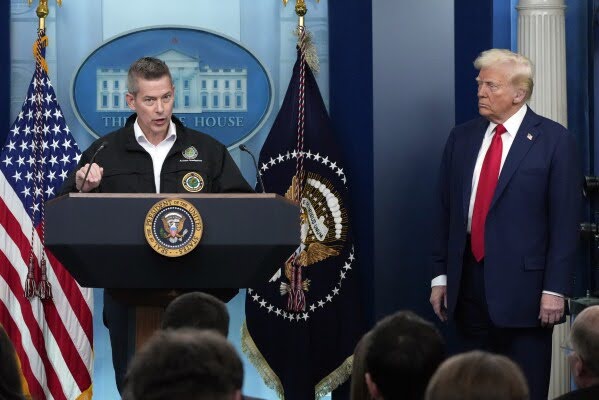
Improving Health and Opportunities: Programs Designed to Save Lives
Community health and transportation are inextricably linked. Residents in vulnerable communities face a number of threats posed by poor street design, CO2 emissions, and inadequate pedestrian infrastructure. Investments in curbing threats posed to low income communities in particular are a matter of life and death for residents that call these communities home. In Arizona and Washington State, two new transportation programs intended to improve community health are seeing positive results for the most vulnerable populations.
Air quality and pollution in Phoenix, AZ and surrounding Maricopa County persisted as major threats to the community for well over two decades. Under the federal Clean Air Act, the region was dubbed a “non-attainment area” in 1978 and remained noncompliant with pollution. High rates of single-occupancy vehicle driving commutes have contributed to increases in pollution.
The region’s transit agency, Valley Metro, uses their robust trip reduction program to reduce the rate of single-occupancy vehicles commuting to and from work. This was accomplished by actively engaging employers in the region. Their work was bolstered by a state statute requiring employers to make a good-faith effort to reduce solo driving trips by participating in the regional effort. Click here to learn more about the comprehensive program and how Valley metro is reducing trips: http://bit.ly/1WcYgAB.
Vulnerable populations disproportionately suffer negative health and safety affects from poorly planned transportation systems. High numbers of pedestrian fatalities is one of those harsh consequences. Communities of color and senior citizens in particular make up a significant portion of these avoidable traffic deaths. In the year 2000, Washington State became the first state in the nation to adopt a policy aimed at eliminating deaths on its roadways, a movement most known as Vision Zero. Since then, the state has made remarkable progress, dropping to the 4th lowest fatality rate in the country.
Similarly, Washington’s Target Zero blueprint relies on four tenants: educating, enforcement, engineering, and emergency medical services. Washington State finds its continued partnership with the governor’s administration, federal, state and local agencies, local organizations, and interested stakeholders remains vital to achieving the goal of zero traffic deaths and fatalities by 2030. Learn more about how your region and community can implement a vision zero plan here: http://bit.ly/1DDcLYy.
Check out additional regional case studies in our series on Improving Health and Opportunities . Interested in more transportation equity news and trends? Contact Program Manager, Alicia Orosco, for more information at Alicia.Orosco@t4america.org.





